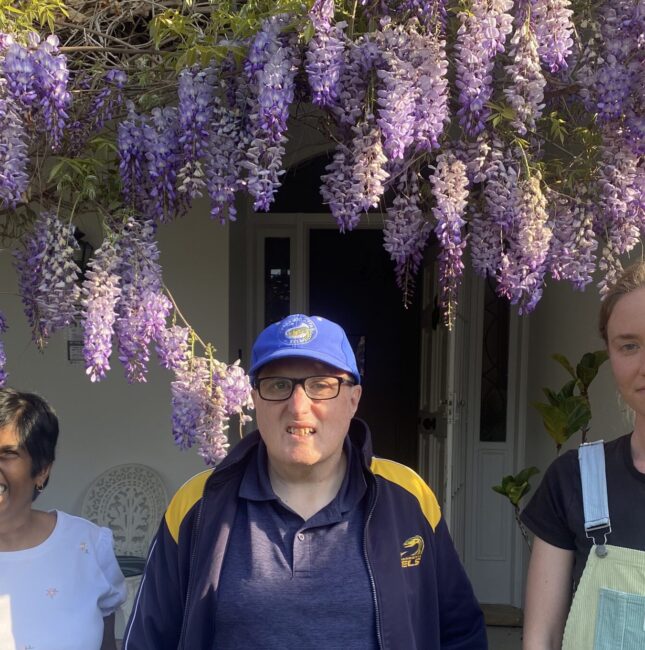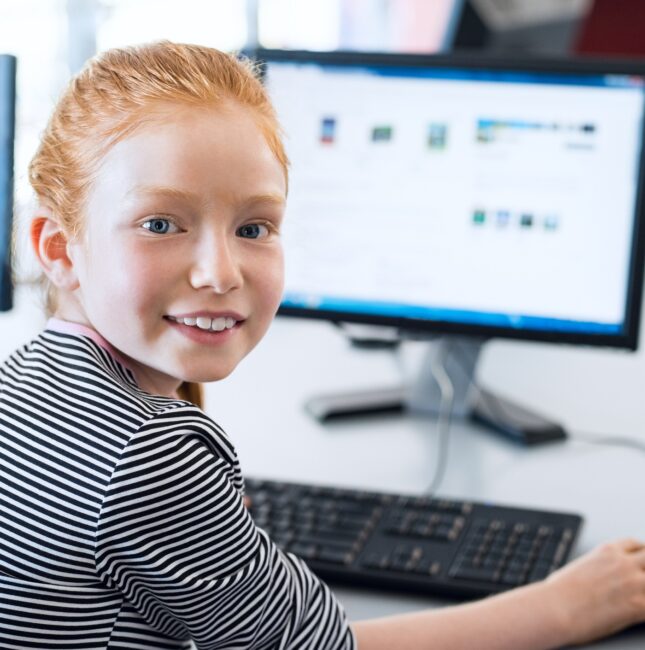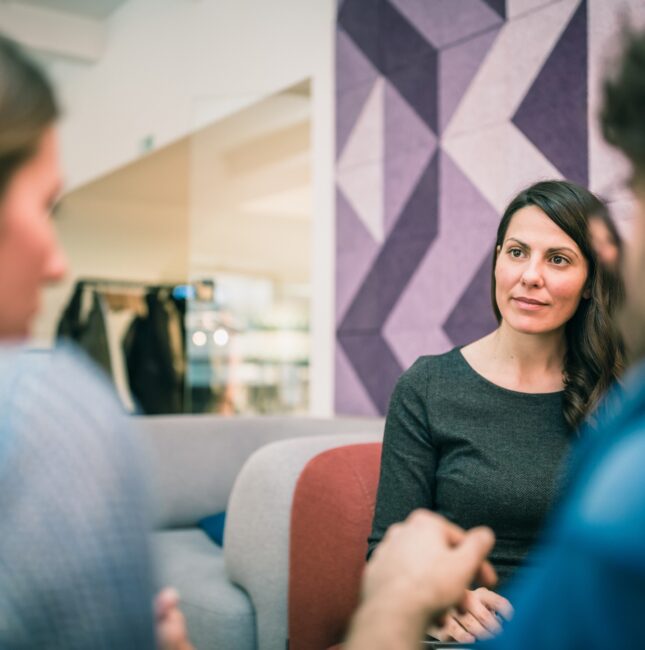Celebrating our differences
November 26, 2020
More than 4 million Australians — roughly 18 per cent of the population — are living with a disability. Of those, 7.4 per cent are children aged newborn to 14 years. Some are disabled at birth, whilst others suffer traumatic injuries that can cause a disability.
Each year, the United Nations recognises global citizens living with one or more disabilities as part of the International Day of People with Disabilities. On 3 December 2020, the annual celebration will focus on the theme ‘Not All Disabilities Are Visible.’ The purpose of this year’s campaign is to spread awareness and understanding that disabilities are not always immediately apparent.
What is an ‘invisible’ disability?
Disability is a term describing an ongoing mental or physical challenge. Not all disabilities are easily discernible. Known as hidden disabilities or non-visible disabilities, an ‘invisible’ disability is not immediately apparent by looking at a person. Typically, they are chronic illnesses and conditions that significantly impact daily living activities. Amongst the most common invisible disabilities are mental illness, chronic pain and fatigue, hearing and sight impairments, brain injuries, cognitive dysfunctions, and neurological disorders.
Persons living with an invisible disability can quickly tire of others assessing their ability or inability to perform certain tasks based on their physical appearance alone. So, it is important to remember to listen with your ears instead of judging with your eyes to foster a better understanding of hidden disability.
Disability by numbers
The most recent data from the Australia Bureau of Statistics details the types of disability and how many Australians are living with both visible and invisible disability. The bureau’s Disability, Ageing and Careers, Australia report lists the following facts and figures:
- Slightly more females (17.8 per cent) than males (17.6 per cent) are living with a disability
- 2 out of 5 people with disability are aged 65 and older
- 2.1 million Australians in the workforce have a disability
- 1 in 6 Australians have hearing loss, with 30,000 Australians experiencing total hearing loss
- 375,000 Australians are blind or have low vision
- 76.8 per cent of Australians with disability have a physical disability
Mental illness is one of the invisible disabilities to which the International Day of People with Disabilities intends to bring awareness this year. In its National Survey of Mental Health, the Australian Institute of Health and Welfare estimates that 2 to 3 per cent of the population lives with a severe mental disorder. About 20 per cent of the population experienced a common mental illness in the last year, with the most common being anxiety disorders. Amongst children age 4 to 17, 13.9 per cent were diagnosed with a mental health disorder, with Attention Deficit Hyperactivity Disorder (ADHD) the most common.
Disability services in Australia
Individuals living with disability in Australia are eligible for the National Disability Insurance Scheme (NDIS). The scheme was legislated in 2013 and is now fully operational. NDIS is a federal government program that funds costs associated with disability for Australians under 65 with a permanent or significant disability. It provides financial support to individuals living with a cognitive, intellectual, physical, psychological, or sensory disability. Children with developmental delay are eligible for assessment and early intervention supports via the NDIS.
Persons with a disability who meet access requirements for the scheme can apply for assessment. The NDIS offers three support categories:
- Core supports for assistance with daily living
- Capital supports for equipment, home, or vehicle modifications, and assistive technology or equipment
- Capacity supports for assisting persons with disability to gain independence and employment skills
Supports must be obtained through an NDIS-approved provider to qualify for coverage. The NDIS offers complete listings of approved providers for each state.
Through dedicated disability hubs, community and home-based locations across Northern Sydney and the Central Coast, CatholicCare provides a comprehensive range of individual and group programs for those living with disability.
We support people to develop the skills and capabilities they need to gain independence and participate in society. We enable opportunities for choice, inclusion and achievement at home and in the community.
Our qualified and dedicated staff pride themselves on developing strong relationships with those in our care, as well as their families and carers. We want a world where people living with a disability are valued equally, listened to and included. We’re here to improve the lives of our client’s and their families now, and fight alongside them for a better future.
For more information please contact us:
P: (02) 9488 2500
E: disabilityfutures@catholiccaredbb.org.au
More news stories like this one
Mark has greater control
It's been a year of change and growth for Mark, who is a proud resident of CatholicCare’s newly established Supported Independent Living house in Wahroonga. Upon being asked what he most enjoys about living at Kokoda House, Mark says, “everything!”
Read MoreLet’s talk about invisible disabilities
When you think of the word, ‘disability’ what do you see? Perhaps you envision someone in a wheelchair, or a person walking with a cane. The reality is that for 90% of people living with a disability in Australia, their disability is invisible.
Read MoreMediation gives Amanda & David breathing space
When Amanda first contacted CatholicCare for help with property mediation, her life was nothing short of chaotic. “You name it, it had happened,” says Family Dispute Resolution Practitioner Melanie.
Read More


